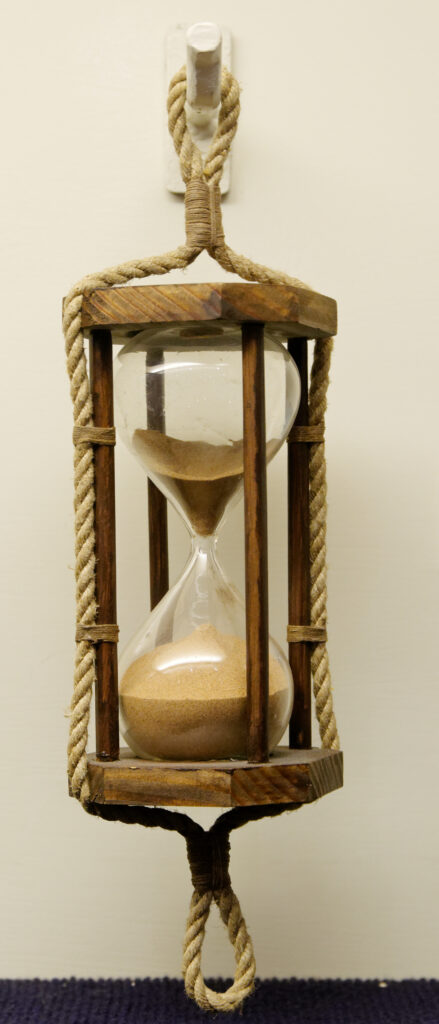
13 Jun The Ship’s Bell
In this #TallShipTuesday, we gained a new understanding of the watch system on board Providence. Providence had a four hour watch rotation where every four hours, the watches would switch from working to resting. Every half hour, the ship’s bell rang, until it signaled the watch change when it began anew.

The ship’s bell itself has been used for centuries. According to the Naval History and Heritage Command, one of the first accounts of the ship’s bell was on the British ship, Grace Dieu, back in 1485. About 10 years after that account, Regent, another English ship, had two “wache bells” that also rang every half hour. This happened when the thirty minute hourglass ran out. These hourglasses were manned by the ship’s boy and were standard until the early 19th century. However, they mostly fell out of use by the end of the 18th century. At that point, the marine chronometer helped sailors keep time and find their longitudinal position, a task that up until that point was nearly impossible.
In the Revolutionary War, one of the richest prizes ever taken was aided by an enemy ship’s bell. Commodore Whipple (on Providence II, the second Providence) led a Continental Squadron in July 1779 through a thick Newfoundland fog with only the ringing of the enemy ship’s bell to follow in the distance. Once the fog cleared, the squadron took ten ships as prizes, valued at over one million dollars. Unfortunately, Providence II, a frigate, was captured not long after in May of 1780. She then served in the British Navy until 1783.
The ship’s bell has many other uses besides keeping time. It is used for safety and communication between ships and for alarms in the instance of fire or flooding. The bell was sometimes used to indicate important arrivals or departures of the captain, officers, or other important people. The Ship’s bell was even occasionally used for religious ceremonies. It was a custom in the Royal Navy to baptize a baby under the ship’s bell.
Integral to the functioning of a ship, an intrinsic connection developed between the the ship and its bell. Because of this connection after a ship is decommissioned, the bell stays with the Department of the Navy as a symbol of the connection between the country, the ship, and its citizens.






Sorry, the comment form is closed at this time.